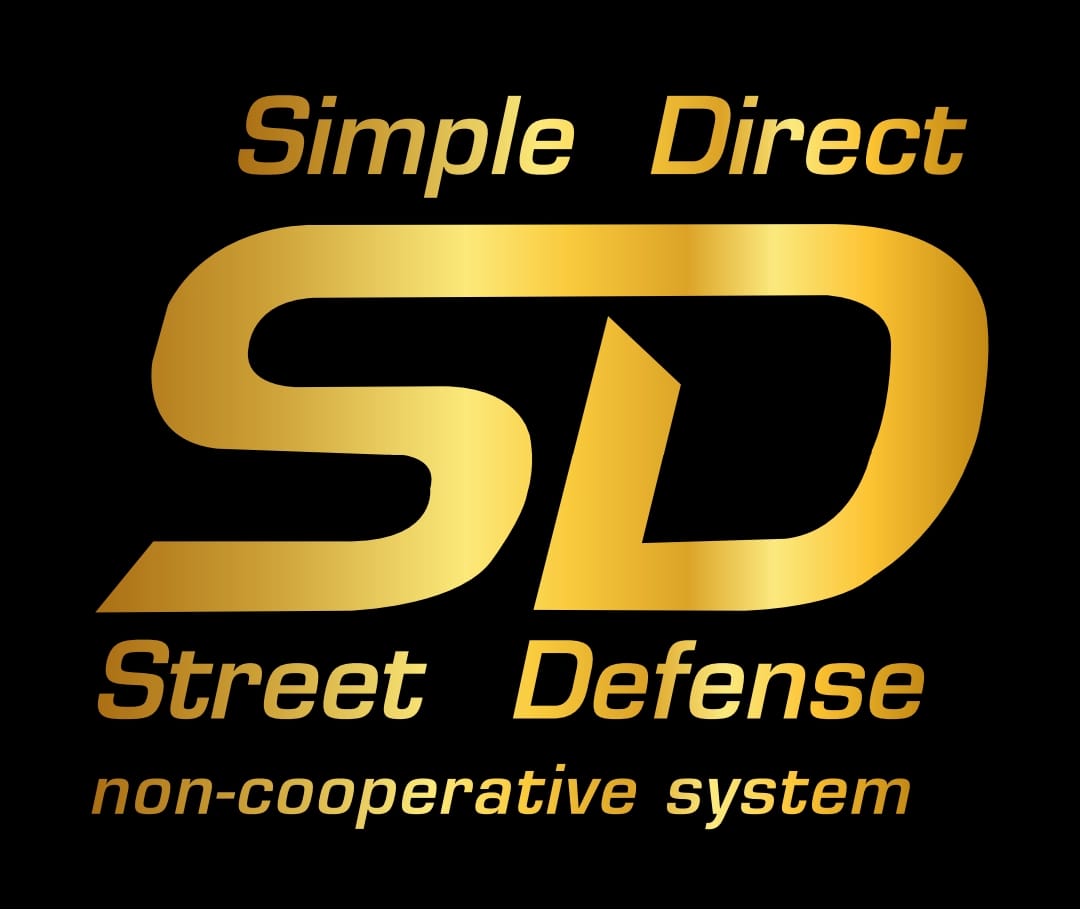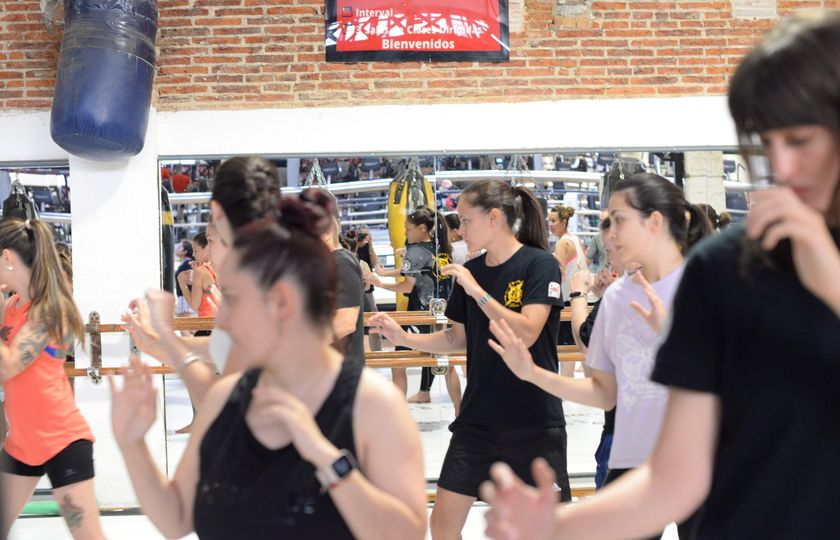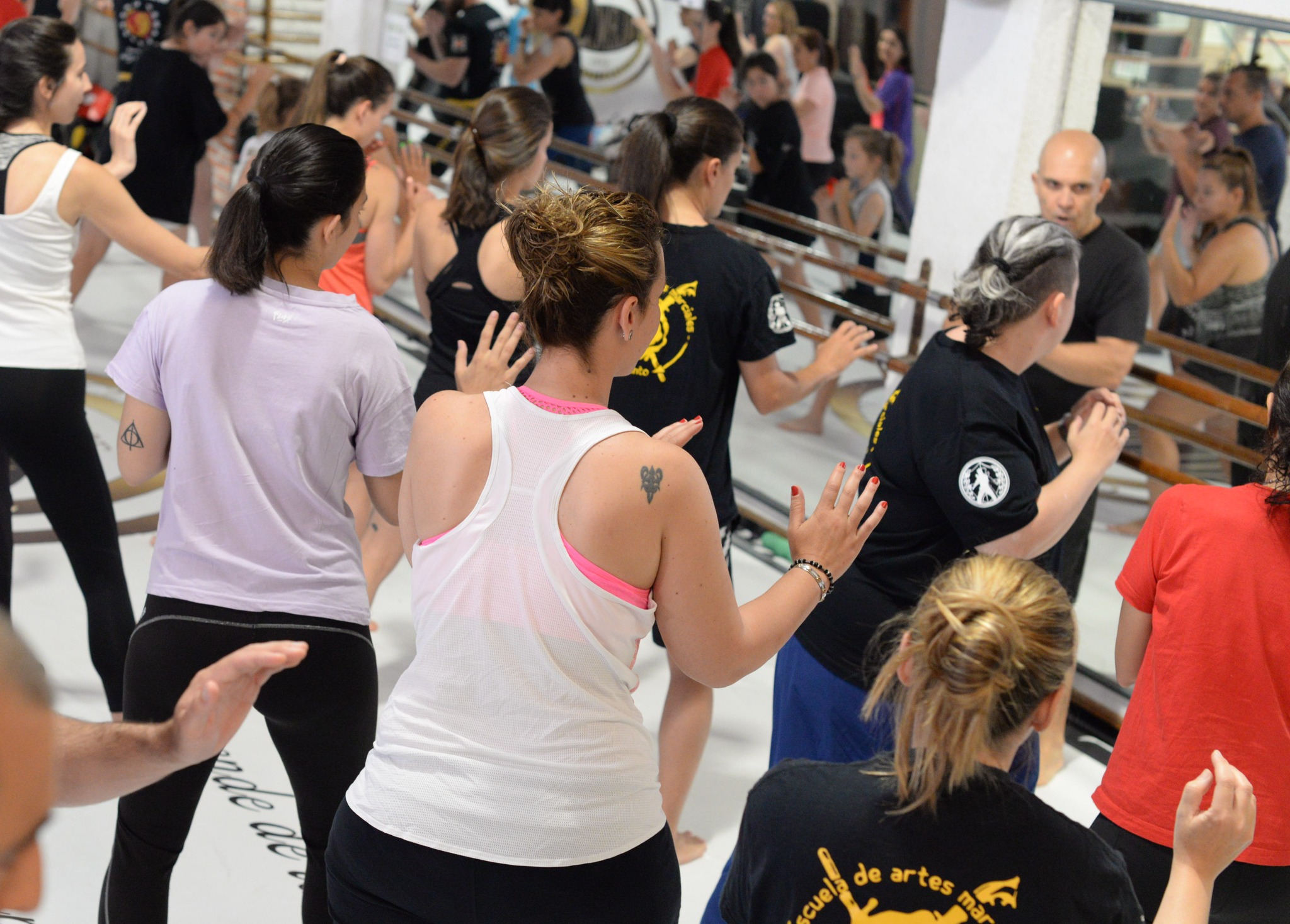Articles / Artículos
What is SD? / ¿Qué es SD?
Why have I created SD? / ¿Por qué he creado SD?
What differentiates SD from other self-defense systems? / ¿Qué se diferencia SD de otros sistemas de defensa personal?
Seminars / Cursos
Technical Videos / Vídeos Técnicos
Uno de los factores más importantes en la defensa personal es mantener la tierra de nadie. Si no hay armas involucradas, si mantienes la distancia correcta y él quiere golpearte, para ello tiene que entrar en tierra de nadie. Entonces, puedes o bien echar un paso atrás y seguir manteniéndo la distancia correcta o puedes interceptar su avance justo en el momento en que pone su pie en terreno prohibido.
In real fighting situations, things don't always go as you expect. Unpredictability has a higher percentage than predictability. When you face a "living creature" (as Bruce Lee would say), his reactions are unexpected and your blows not always will have the desired effect. Therefore, it is important to train taking this possibility into account.
En situaciones de pelea reales, las cosas no siempre salen como uno espera. Lo impredecible ocupa un porcentaje más alto que lo predecible. Cuando tienes que enfrentarte a "una criatura viva" (como diría Bruce Lee), sus reacciones son inesperadas, y tus golpes no siempre harán el efecto deseado. Por eso, es importante entrenar teniendo en cuenta esta posibilidad.
Opciones de defensa cuando tu movilidad es limitada.
Entrenamiento del finger jab enfocado en aplicaciones más reales.



